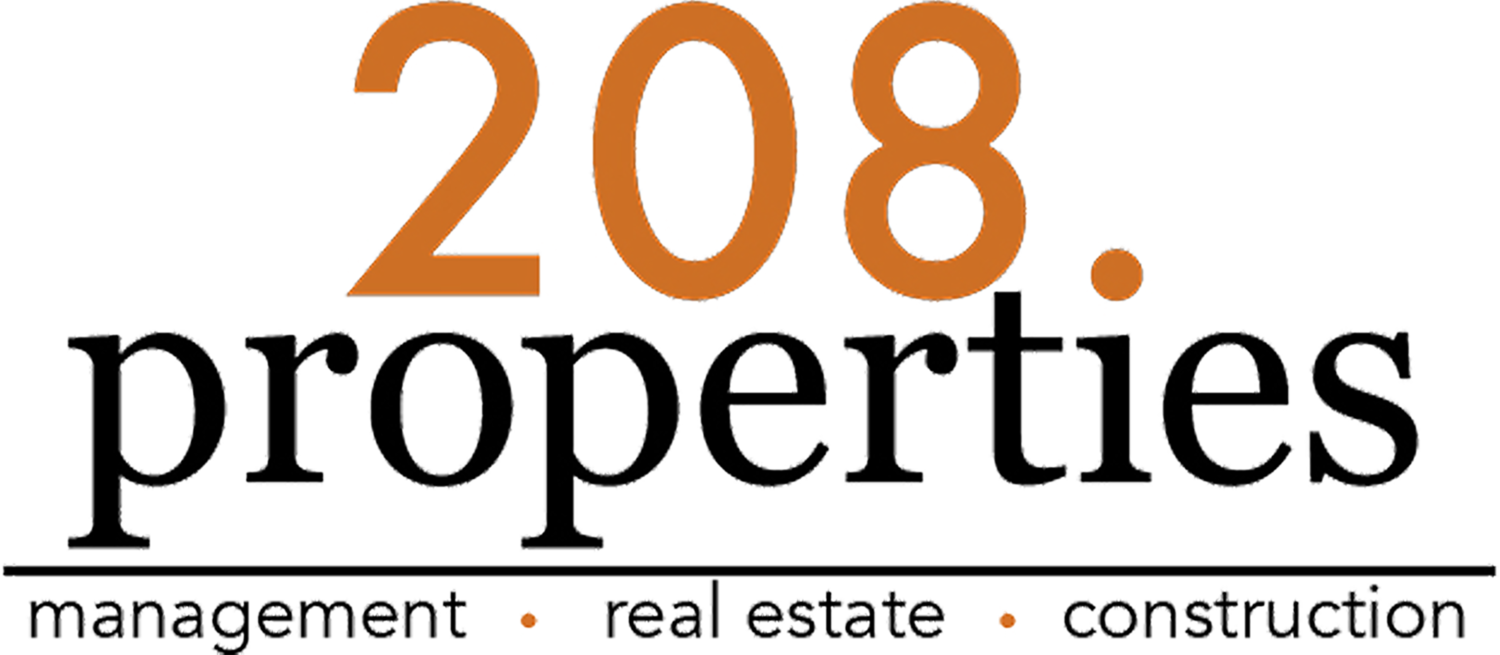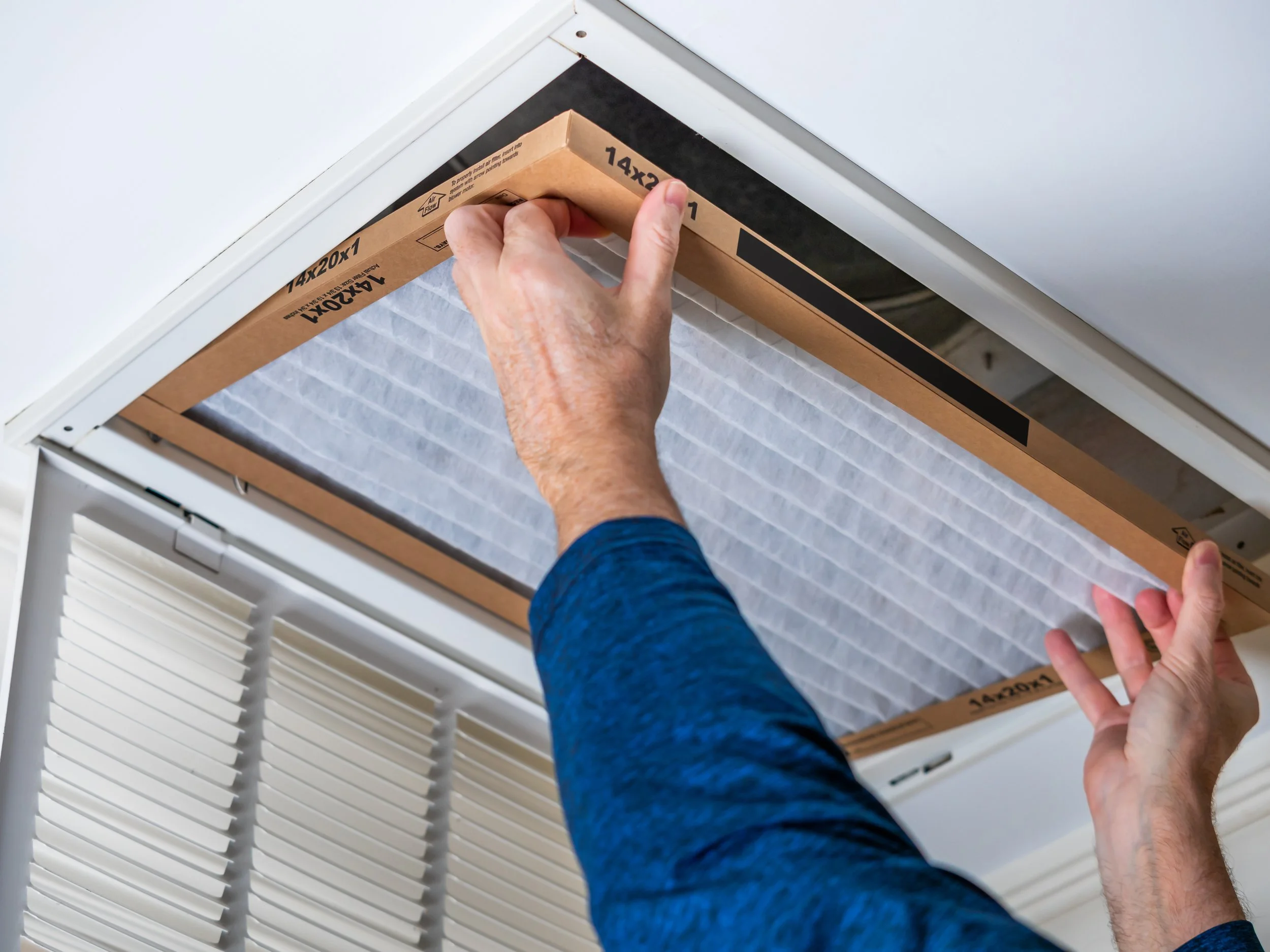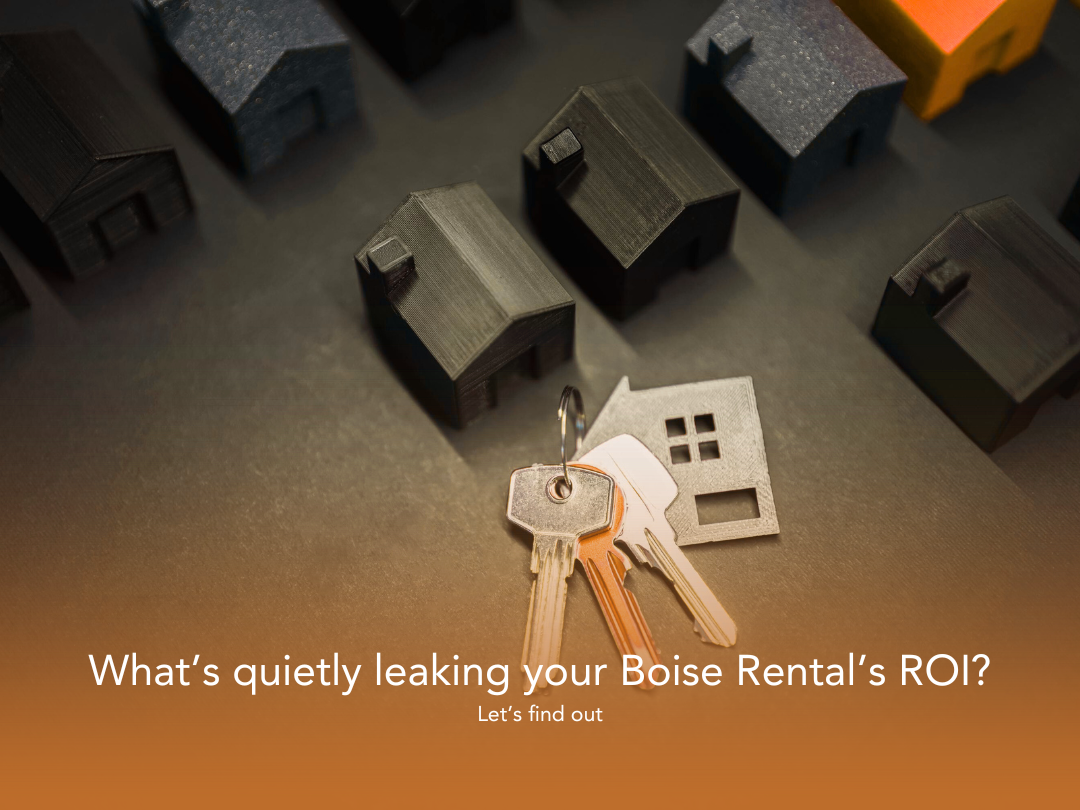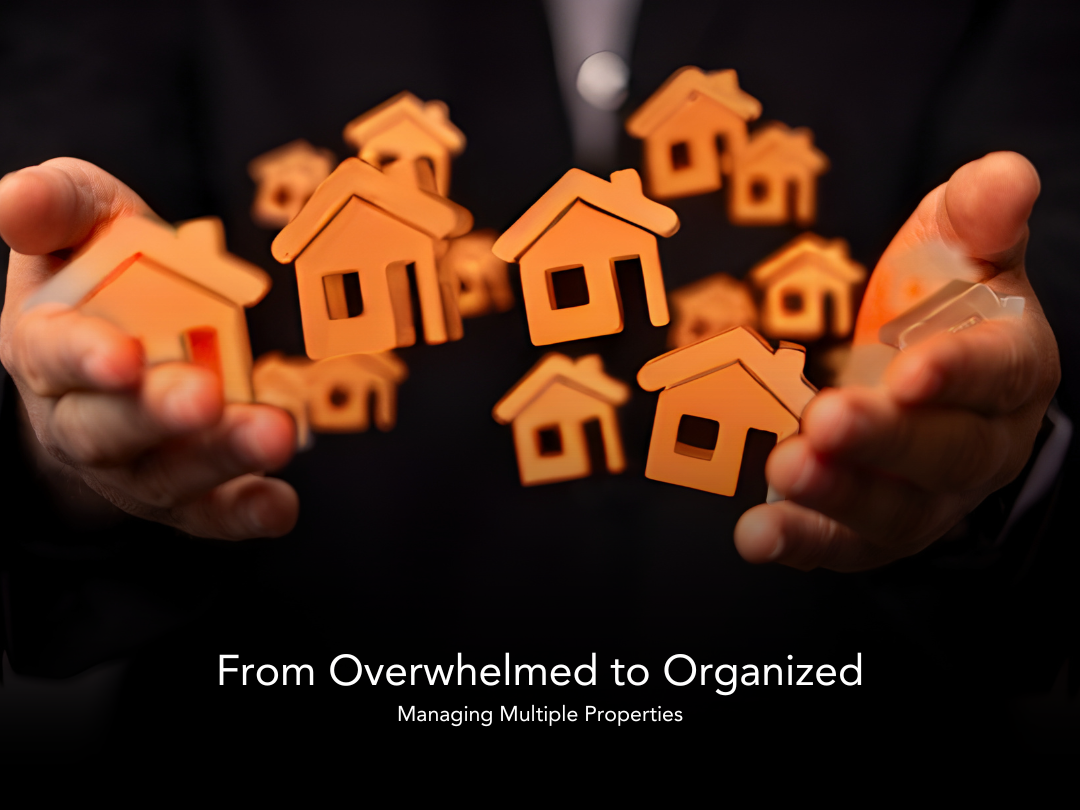Changing the air filter in a return vent is a simple task, and it's important to do it regularly to ensure proper airflow and indoor air quality. Here are the steps to follow:
Locate the air filter: The air filter is usually located behind the return vent cover, which is usually located on a wall or ceiling. The vent cover can be removed by unscrewing or unclipping it.
Determine the correct size: Before you remove the old filter, make sure you know the correct size of the new filter to be replaced. This information can usually be found on the old filter or in the owner's manual.
Remove the old filter: Once you have the correct size, carefully remove the old filter from the return vent. Take note of the direction of the airflow arrow on the filter, as you'll want to install the new filter in the same direction.
Insert the new filter: Carefully insert the new filter into the return vent, making sure that the airflow arrow is pointing in the same direction as the old filter. Be sure to press the filter firmly into place.
Replace the vent cover: Once the new filter is installed, replace the vent cover by screwing or clipping it back into place.
That's it! You've successfully changed the air filter in your return vent. Remember to change your air filter every 1-3 months, depending on the type of filter and how often you use your HVAC system.
Winter brings a predictable dip in renter activity, but it does not have to sink results. Here is how to navigate the season, sharpen marketing, and use incentives wisely.
Communication is the backbone of property management. Owners want clarity on performance and cash flow. Residents want quick answers and visible progress on requests. The right mix of tools and habits turns communication from a pain point into an advantage.
Busy days calm down when the right tools do the heavy lifting. Here’s how our stack speeds leasing, maintenance, payments, and reporting without adding noise.
Property management is an economic engine in Boise. From steady housing supply to vendor jobs and safer, well-kept neighborhoods, the ripple effects touch residents, owners, and local businesses.
The right software won’t run your business for you, but it will clear roadblocks: rent gets paid on time, work orders stop slipping, and your books match reality. Here’s a straightforward way to evaluate options if you manage rentals in Boise and the Treasure Valley.
Dive into the future of property management in Boise, Idaho, and discover how technology is reshaping the industry. Learn how to leverage the latest trends to future-proof your business, improve tenant satisfaction, and stay ahead of the competition.
A year-round approach to pricing, amenities, maintenance, and communication that reduces vacancy and grows resident satisfaction.
Boise’s seasons change—your playbook can stay simple. Prep the property, plan your leasing moves, and communicate clearly with residents. Use this quick guide to keep cash flow steady from winter to fall.
Learn key factors to consider when choosing a property management company, from reputation and communication to legal compliance and technology integration.
Real estate investment in Boise is more than just purchasing a property. It requires understanding what makes a neighborhood desirable and how these features can translate to higher rental income.
Managing multiple properties can be a demanding task for property owners. With numerous responsibilities and duties to juggle, finding efficient ways to save time and streamline processes is essential.
Learn how 208.properties’ Client Review Process helps landlords and investors in Boise make smart decisions for better returns and long-term success.













